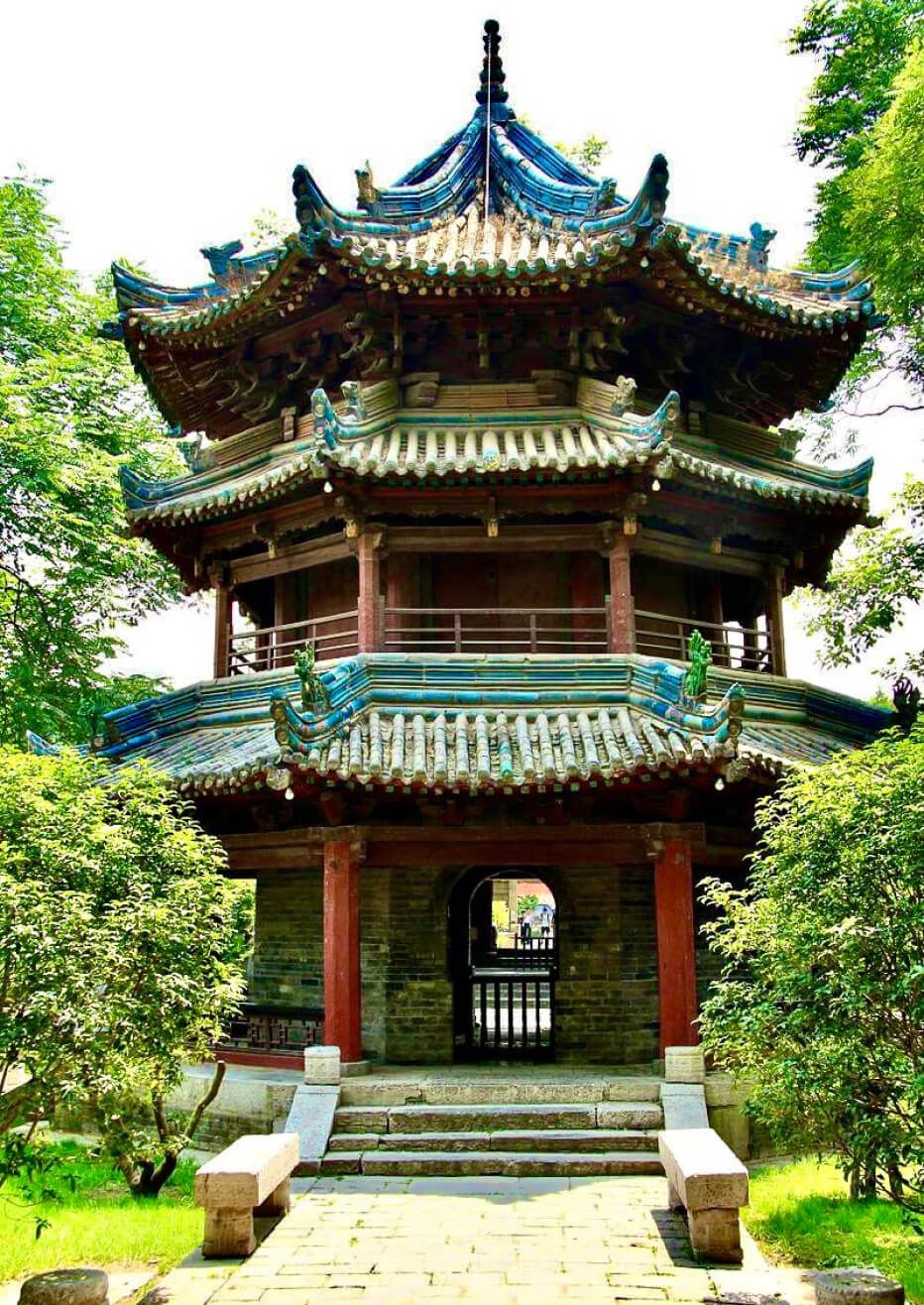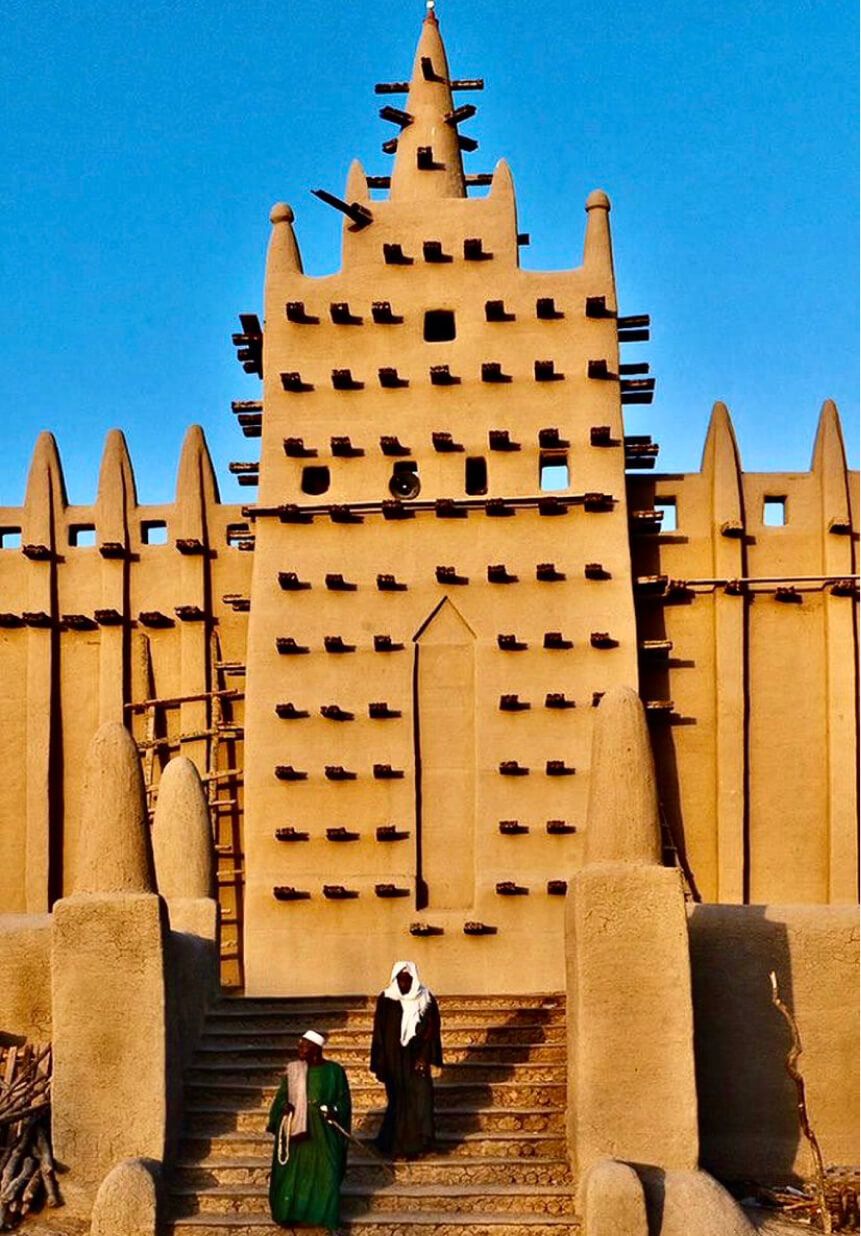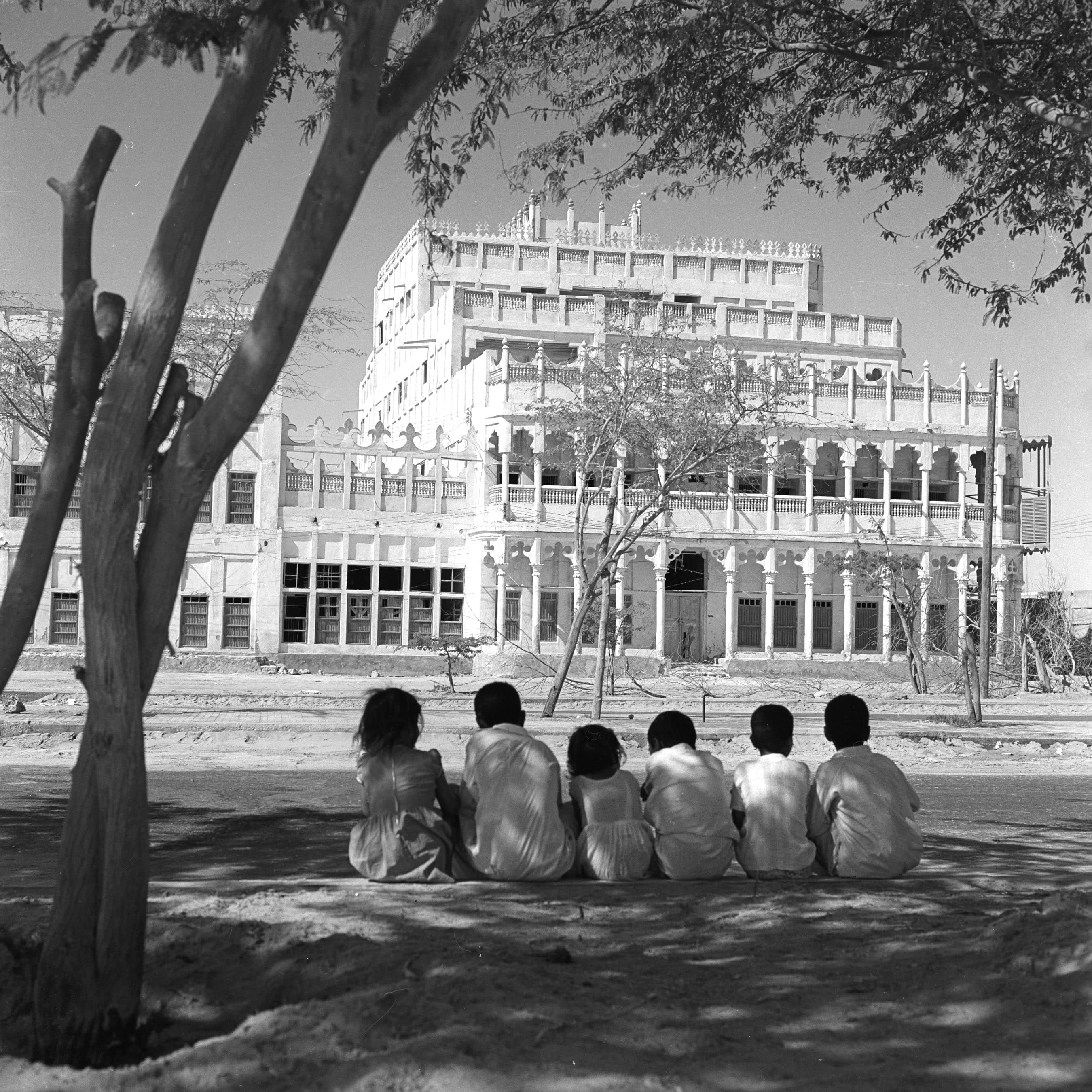The Art of Islamic Identity
Throughout history, the greatness of Islamic art is universally reflected through a diverse selection of local stylistic traditions and these traditions are created through an expression of cultural identity.
Islam is growing faster than any other religion worldwide, as nearly a quarter of the world population identify themselves as Muslims. As the official religion of 26 countries around the globe, it is truly a mulitcultural religion – and Islamic architecture is a celebrated embodiment of that multiculturalism.
Chinese mosques are often built in a pagoda style with a combination of both Chinese and Islamic aesthetics, unlike the familiar architecture of mosques with domes & minarets. The Great Mosque of Xi'an (Chinese: 西安大清真寺) reflects the traditional Chinese mosques, based on local architectural styles. It was first built in the year 742 AD, but its current form was largely developed in 1384 AD during Emperor Hongwu's reign of the Ming dynasty.
Other fantastic examples include the Great Mosque of Djenné in Mali. First built in the 13th century, it is the world’s largest mud-brick building and the finest example of Sudano-Sahelian architecture; characterized by its adobe plastering and wooden scaffolding.

The Blue Mosque in Afghanistan, built in the 15th century, reflects Afghanistan’s position as part of the major network of ancient trade routes, connecting India and China to Persia and beyond. Afghan architecture represents layers of history and diverse cultural influences picked up along the famous Silk Road.

These influences are prevalent in art today, with contemporary Islamic artists exploring the intersectionality of their identity through creative expression. At Bayt Al Fann, we actively explore the idea of multiculturalism and hybrid identities through Islamic, art, heritage and culture – past, present and future.

Japanese artist Yukiko Futamura has a passion for Islamic art and illumination. Her work is influenced by her Japanese cultural heritage, combined with Islamic tradition.

Maryam Souza is a Brazilian Muslim convert and specialist in Islamic art. Maryam lives in São Bernardo do Campo, home to one of the largest Muslim communities in Brazil. She is fascinated with the many possibilities and ways to express her cultural heritage through Islamic art and is committed to expand the knowledge of this art across Brazil.

Nima Nabavi is a self-taught Iranian-American artist who was raised in the United Arab Emirates. His work is inspired by the art and architecture of his Persian cultural heritage and the geometric art of his late grandfather. Based in Dubai, he dedicates himself to an art practice driven by a mathematical approach and a contemplative execution of intricate geometries.

We all have multiple identities — race, gender, age, ethnicity, faith — the list goes on and on. However, society has traditionally focused on the effects stemming from one identity, rather than trying to measure how belonging to multiple groups may lead to the development and growth of art, culture and heritage. Embracing multiple identities enables artists to be more creative because they have added experience, reconciling their different cultural identities and social norms.
We are all lots of things at the same time! These multiple identities throughout history have enriched the development of Islamic art, heritage and culture and need to be celebrated and nurtured for the progression of art in the future.
*Bayt Al Fann is Arabic for Art House. They are a global home for artists, creatives and communities to collaborate, exchange insights and co-create the future of art inspired by Islamic tradition.


